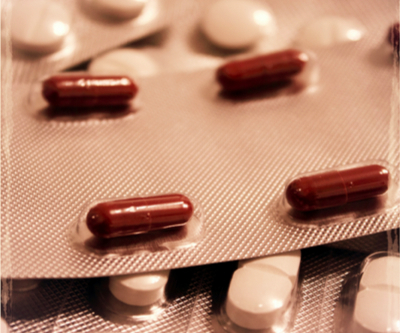
Silver may be a key weapon in the fight against drug-resistant bacteria, according to Boston University scientists.
A team of researchers lead by biomedical engineer James Collins, say adding silver to antibiotics can make them up to 1,000 times more effective, especially when it comes to combating Gram-negative bacteria — one of the hardest pathogens to kill.
The findings, published in the journal Science Translational Medicine, comes only weeks after Britain’s top doctor, Sally Davies, began its media campaign to warn about the rise of drug-resistant superbugs, which she considers a risk for humankind of “apocalyptic consequences.”
Silver has long been known to have anti-bacterial properties, but if used alone it must be given in such high amounts that becomes poisonous to the body. Collins approach allows using it in small quantities combined with existing antibiotics.
“Resistance is growing, while the number of new antibiotics in development is dropping. We wanted to find a way to make what we have work better,” the expert said in the paper.
In the 90’s a silver-coated artificial heart valve implanted into a patient became slightly toxic to the heart tissue, causing the conduct to leak.
To prevent this kind of unwanted effects, Collins and his team tested the mix on mice, finding that silver ions in solution, well below toxic levels, cause the bacterial cell wall to become more porous. It also affects the bacterium metabolic rate and, as a result, the bug produces toxic oxygen compounds that eventually causes its death.
The team is now studying the antibiotic nature of silver to determine how it can be used in treatments for human patients, while carefully addressing the risks of toxicity.